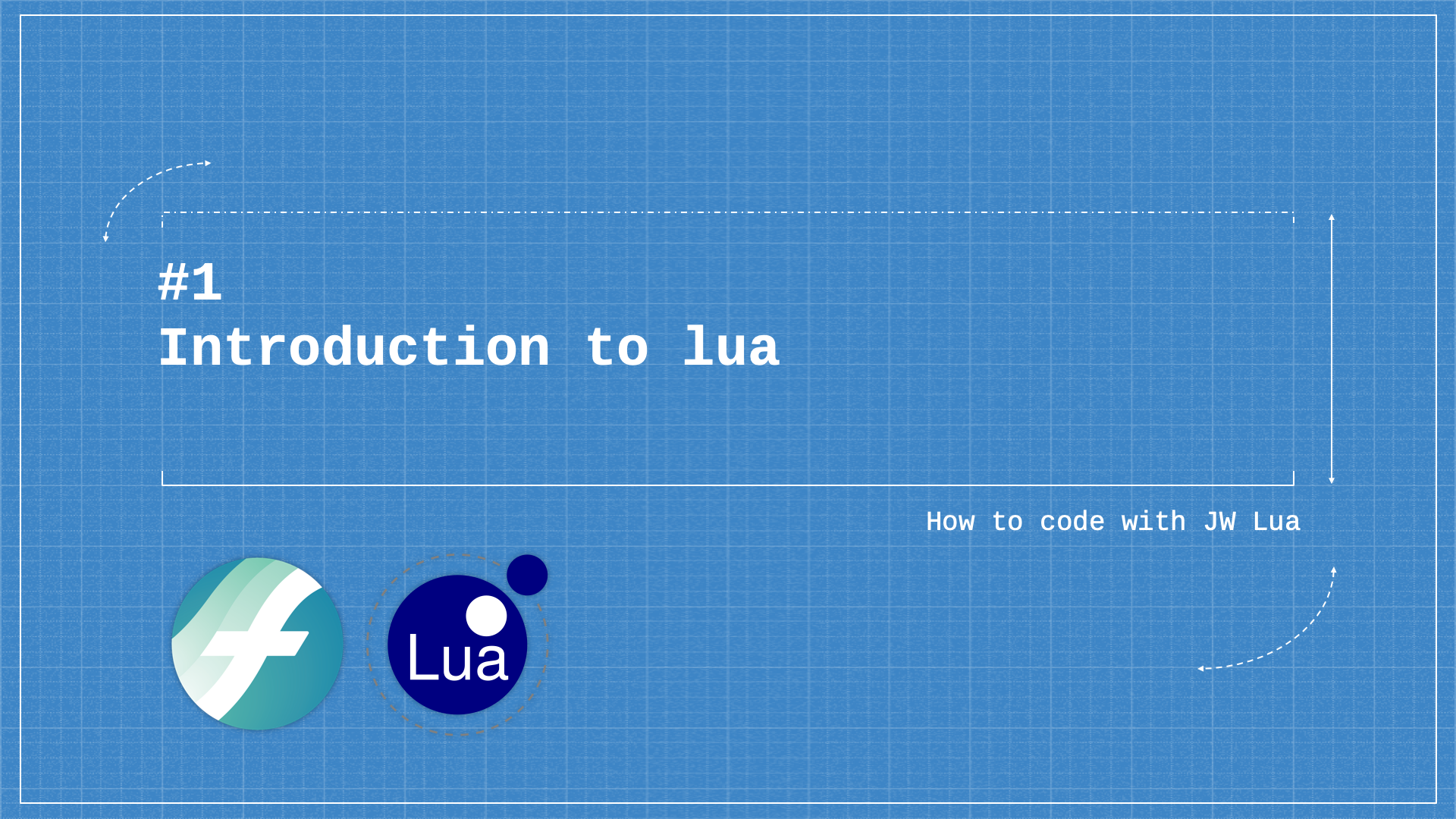
Welcome to the 4th installment of the learning to code in JW Lua series!
We’re going to take a step back in this article and next week’s article to help give you a better grasp with what’s actually going on. Because learning to code is good, but coding well is really what we’re after.
This series creates a bit of a conundrum because there’s three huge topics to cover:
- Programming Practices
- Lua language
- JW Lua
Each one of these topics is enough to have 10+ hour paid courses for, but we’re trying to cover them all at once. Hence, there are many footnotes to each article.
We’ve taken quite a bit of time learning about the Lua language and JW Lua, so it’s about time to step back and look at some fundamental programming practice that you need to know if you’re going to code.
Just like with creating music, thoughtless/sloppy code really degrades the value of the final product. So today, we’re going to look at some of the aspects of writing great Lua code.
more >> “Learning to Code in JW Lua | Part 4: Best Coding Practices”



